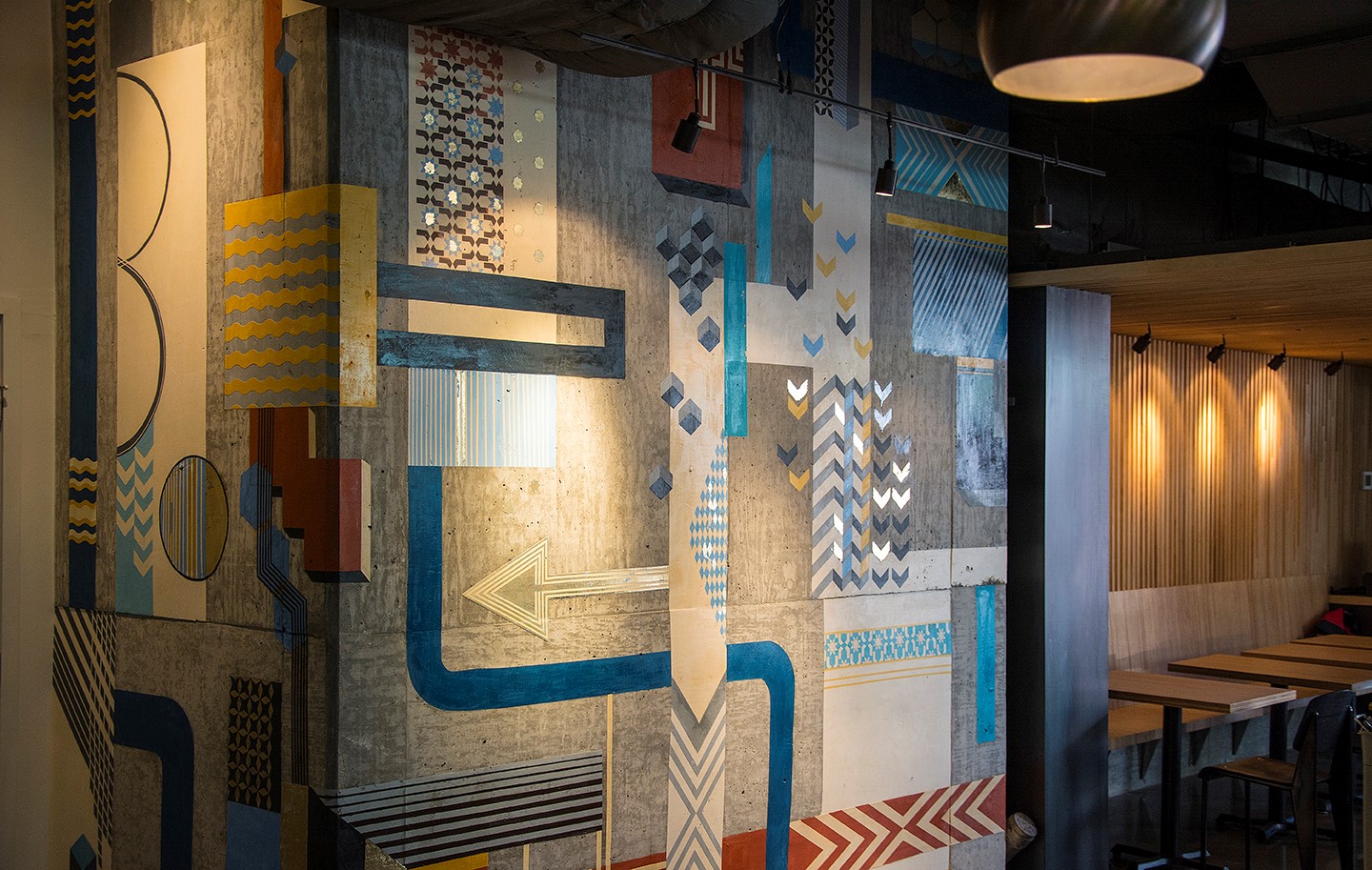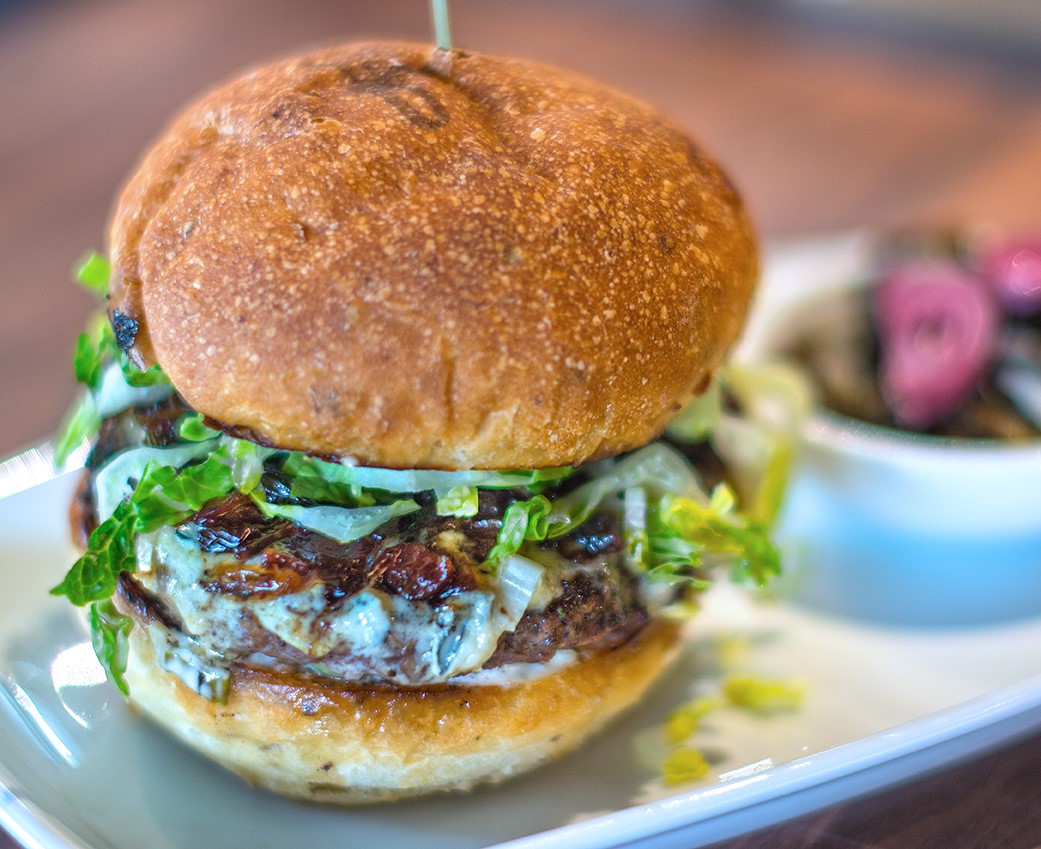Ethan and Angela Stowell probably don’t need an introduction, but just in case, they’re the couple behind 15 esteemed Seattle restaurants, namely Anchovies & Olives, Ballard Pizza Co. (3 locations), Bar Cotto, Bramling Cross, Goldfinch Tavern, How to Cook a Wolf, Marine Hardware, Mkt., Red Cow, Rione XIII, Staple & Fancy, Tavolàta Belltown, Tavolàta Capitol Hill. Ethan is the chef, Angela the CEO. That they ever relax may come as a surprise, but they make time. I’ve always loved Ethan’s cooking and his dedication to using local and seasonal ingredients. I’m honored that they use Macrina breads at their restaurants. They are wonderful people and one of Seattle’s premier restaurateurs. Learn more about their life outside of the kitchen right here.
Leslie

Out of the Kitchen: Relaxing Stowell Style
Everybody knows running restaurants is not for the lazy or the faint of heart. Add kids and a serious commitment to philanthropy and you’ve got a recipe for a life few would call relaxing. Humble, as Angela and Ethan Stowell both are, they’d be the first to point out that they have the support of a great team in all they do. But even with a strong team, Ethan and Angela work long and hard and are pulled in many directions. Still, they remain deeply committed to spending quality time together with their two young children, Adrian and Franklin.
Given their culinary prowess you might expect them to spend their free time teaching the kids how to foraging for chanterelles or morels in the forest, or out on the beach digging for Manila clams. Turns out they’re just like most parents with two young kids, racing home from brunch at their neighborhood dim sum restaurant before their two-year-old, Franklin, falls asleep.
Ethan explains, “Because when you’re doing naps—you know what it’s like having kids—after lunch you’ve got to race home before he falls asleep. If you have a half-hour drive, you’re in trouble. The last thing you need is a twenty-minute power nap.”

Because Ethan frequently works in the evening, mornings become family time.
“The nice thing about our schedule is we have family breakfasts every morning because we have the luxury of not leaving the house until nine,” Angela says. “Breakfast is our long time together, kind of the reverse of most families.”
Ethan gets up with the kids and starts breakfast. When he can he gets them involved, often making pancakes, eggs, or oatmeal.
Angela adds, “Well, we try not to do pancakes more than two mornings in a row.”
Presently, in fact, Ethan is skipping the pancakes nearly altogether. About a year ago, he lost over 50 pounds through a mixture of diet and exercise and has kept the weight off. He is very careful about what he eats for breakfast and lunch, then lets loose at dinner. And he is religious about getting in an hour of exercise each day. Angela has always been a fitness and health advocate.
“Before having kids I did lots of triathlons and a half ironman,” Angela says. “I’ve been a runner for a long time. For me, it’s a stress relief. This may not be the most romantic thing in the world at 9 p.m., but if we’re both home, when we get the kids to bed, we’ll both go exercise. Sometimes it’s the only time we have, especially if it’s a Sunday and we’ve been busy with them all day. We both get our hour workout in.

One key block of time for Angela to sneak in a long run is Saturday mornings when Ethan and a group of dads take the kids out without the moms.
“Saturday I just work a half day, so it’s dad and kid time,” Ethan says. “I have a friends’ group of five to six guys. A text thread goes out. Not everyone can make it every time. We meet somewhere at ten, go to the zoo, or the Science Center, or Golden Gardens. Then we get lunch and rush home for nap time.”
In the summer, weekends are often spent on Whidbey Island where Ethan’s parents have a vacation home. The island is Angela’s favorite place to be.
“Our weekends there are kind of always the same,” Angela says. “In the summertime we go to the farmers market in the morning, we go to Primo Bistro, we always go to Moonraker Books to check out what’s happening there and visit the owner Josh, then we visit a couple of farms with stands, maybe grab a loaf of Screaming Banshee bread. The cool thing about Whidbey is that there are a lot of people who knew Ethan when he was five years old. Those people are now super invested in our family.”
In Seattle, when the Stowell’s have the occasional night together they frequently go out to eat.
“We are definitely a family that doesn’t shy from taking them out to restaurants,” Ethan says. “I’m a big believer in bringing kids to our restaurants. You want kids getting used to eating good food, getting used to being out socially.”
In fact, this January they will be starting a family dinner night at Rione.
“I’m super excited about it,” Angela says. “From five to seven anybody who makes a reservation will be told that there will be kids around. It’s an opportunity for families to come out with their kids. Don’t feel bad if things get spilled. It’s gonna be hard to keep the kids in their seats.”
“There’s gonna be spaghetti on the windows,” Ethan says with a smile.
Angela adds, “We’ll be there. And at some point our kids will have iPads out. I think it’s good for parents to see that it is okay to do what you have to do to get through dinner at a restaurant. Because it’s not always going to be like this, and sometimes you just need a moment’s peace to finish your wine.”

While they may be a more high-profile couple than most in Seattle, they both stress that their private lives are much like any other family.
“My life isn’t much different than any working mom,” Angela says. “You wake up and someone needs you right away—this morning it was who gets to sit next to mom—then you go to work and someone needs you. Then you get home and they need you again. Then maybe I squeeze in a little workout. Not anything different than any other working mom. We’re just really appreciative of the window of time we get together.”
Visit www.ethanstowellrestaurants.com to learn more and make reservations at your favorite spot.


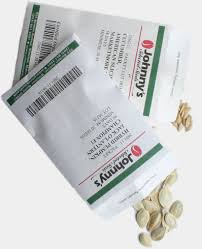

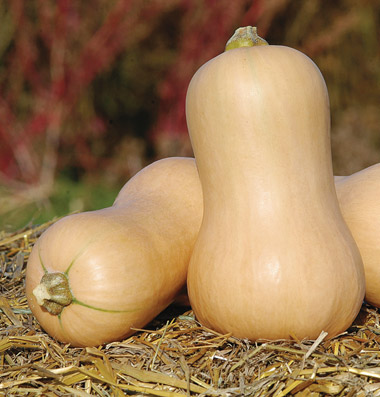


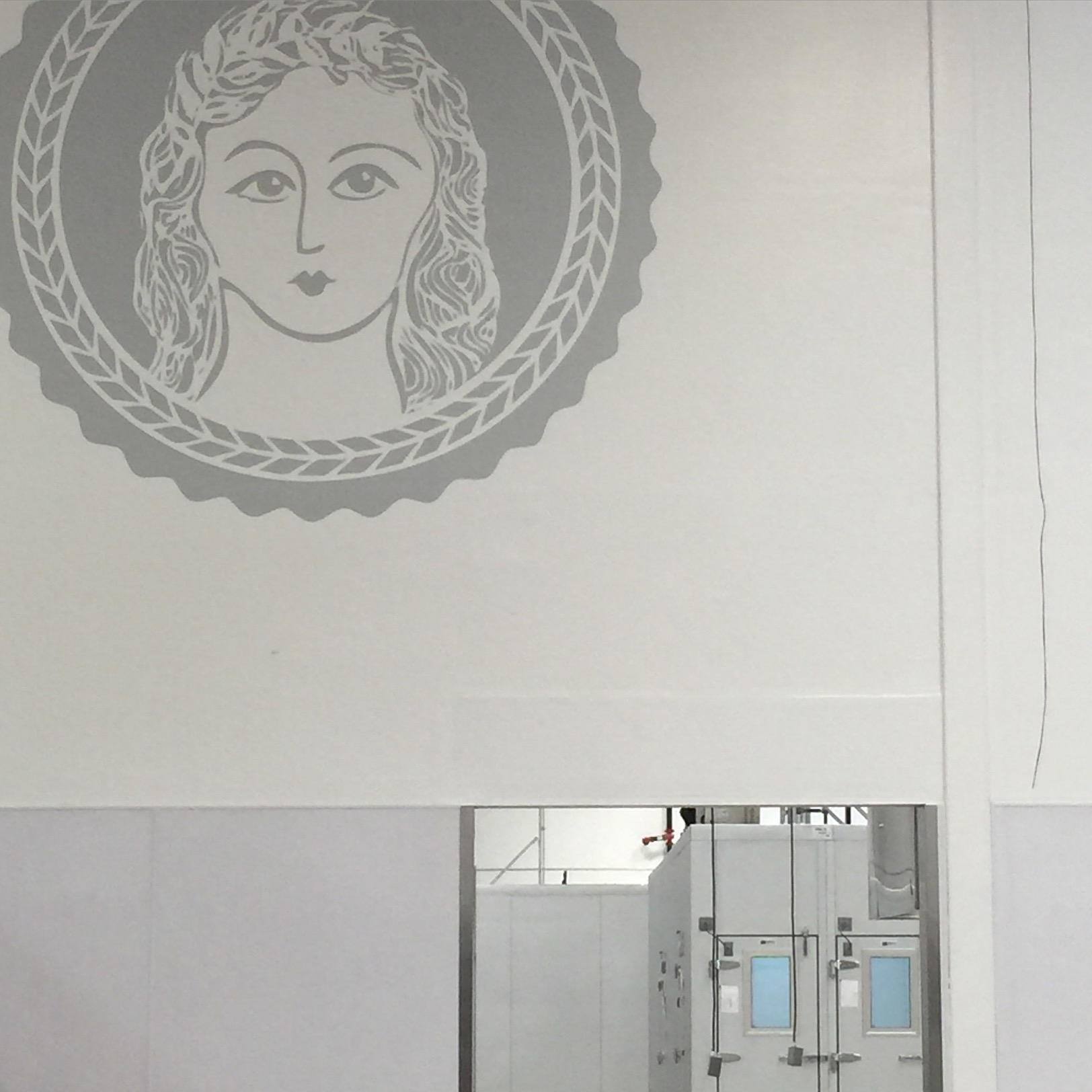



 The flour most of us are familiar with—the inert, white powdery stuff from the supermarket with a long shelf life—is a very modern development in our long relationship with wheat, the most important food in history. Before industrial agriculture became dominant, milling was done at regional mills with diverse strains of wheat. The effort to create uniform flours that won’t spoil has taken much of the flavor and nutrition from our flour and the products made with it.
The flour most of us are familiar with—the inert, white powdery stuff from the supermarket with a long shelf life—is a very modern development in our long relationship with wheat, the most important food in history. Before industrial agriculture became dominant, milling was done at regional mills with diverse strains of wheat. The effort to create uniform flours that won’t spoil has taken much of the flavor and nutrition from our flour and the products made with it.
 Every year The Bread Lab hosts an annual conference called Grain Gathering. Professional bakers, bread enthusiasts, brewers, farmers, and chefs from around the country descend on the Skagit Valley. Workshops, panel discussions, and demonstrations cover a range of wheat-centered topics (I’ve learned lots from these over the years). At the 2015 event, they held a bread tasting for a group of experienced bakers. We tasted seven breads, each made with a different locally grown wheat. For each loaf the recipe was essentially the same, with small adaptations made to create the best loaf with each flour. The varying tastes, textures, and the overall natural sweetness was a revelation. The flour made all the difference. The experience inspired my commitment to bringing more locally grown flours to the breads we make at Macrina.
Every year The Bread Lab hosts an annual conference called Grain Gathering. Professional bakers, bread enthusiasts, brewers, farmers, and chefs from around the country descend on the Skagit Valley. Workshops, panel discussions, and demonstrations cover a range of wheat-centered topics (I’ve learned lots from these over the years). At the 2015 event, they held a bread tasting for a group of experienced bakers. We tasted seven breads, each made with a different locally grown wheat. For each loaf the recipe was essentially the same, with small adaptations made to create the best loaf with each flour. The varying tastes, textures, and the overall natural sweetness was a revelation. The flour made all the difference. The experience inspired my commitment to bringing more locally grown flours to the breads we make at Macrina.
 Billed as The Century 21 Exposition, the World’s Fair of 1962 in Seattle also featured the monorail. Just before the fair opened The New York Times wrote, “The high-speed, quiet monorail cars catapult northward from the heart of Seattle for a few breath catching moments, then glide to a stop. There suddenly, all around you, are glimpses of the world of tomorrow.” The monorail was the time-traveling Delorean carrying hordes of visitors to the world of tomorrow.
Billed as The Century 21 Exposition, the World’s Fair of 1962 in Seattle also featured the monorail. Just before the fair opened The New York Times wrote, “The high-speed, quiet monorail cars catapult northward from the heart of Seattle for a few breath catching moments, then glide to a stop. There suddenly, all around you, are glimpses of the world of tomorrow.” The monorail was the time-traveling Delorean carrying hordes of visitors to the world of tomorrow.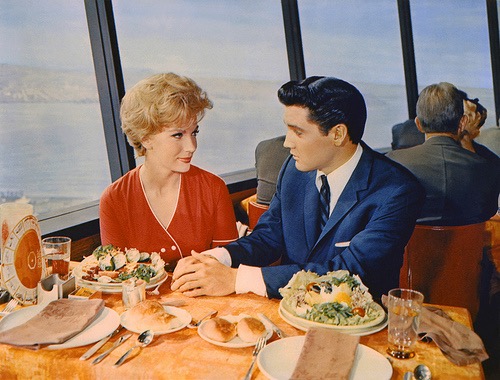 Another fun fact: Elvis filmed a movie at the Space Needle during the World’s Fair named, aptly enough, “It Happened at the World’s Fair.” In the Seattle Post-Intelligencer, reporter John Voorhees described the insanity surrounding The King: “The biggest attraction at the World’s Fair continues to be Elvis Presley, who may turn out to be the biggest boon to the sellers of camera film since the Space Needle was unveiled.”
Another fun fact: Elvis filmed a movie at the Space Needle during the World’s Fair named, aptly enough, “It Happened at the World’s Fair.” In the Seattle Post-Intelligencer, reporter John Voorhees described the insanity surrounding The King: “The biggest attraction at the World’s Fair continues to be Elvis Presley, who may turn out to be the biggest boon to the sellers of camera film since the Space Needle was unveiled.” Through all this growth the Space Needle has provided a spectacular revolving view of the city’s evolution; neighborhoods torn down to build Interstate 5, construction cranes raising Belltown to new heights, new high-rise towers, more cranes, more towers, and suburbs oozing further north, east, and south.
Through all this growth the Space Needle has provided a spectacular revolving view of the city’s evolution; neighborhoods torn down to build Interstate 5, construction cranes raising Belltown to new heights, new high-rise towers, more cranes, more towers, and suburbs oozing further north, east, and south. And lastly, while you’re enjoying your meal don’t forget that only the interior rotates, not the external structure. If you set your drink on the window ledge, it’ll slowly drift away from you. More than a few enterprising and frugal drinkers have enjoyed their neighbors fine scotch, or their cocktail; one after the next, helpless to resist as they just kept appearing on the window ledge next to their table.
And lastly, while you’re enjoying your meal don’t forget that only the interior rotates, not the external structure. If you set your drink on the window ledge, it’ll slowly drift away from you. More than a few enterprising and frugal drinkers have enjoyed their neighbors fine scotch, or their cocktail; one after the next, helpless to resist as they just kept appearing on the window ledge next to their table.
 Out of college Pam didn’t imagine herself running a busy coffee shop. For ten years she worked in human resources. In 2002, a friend, Michael Prins was opening the first Herkimer Coffee on Phinney Ridge. She was working for Nature Conservancy, an organization she loved. But she was restless.
Out of college Pam didn’t imagine herself running a busy coffee shop. For ten years she worked in human resources. In 2002, a friend, Michael Prins was opening the first Herkimer Coffee on Phinney Ridge. She was working for Nature Conservancy, an organization she loved. But she was restless.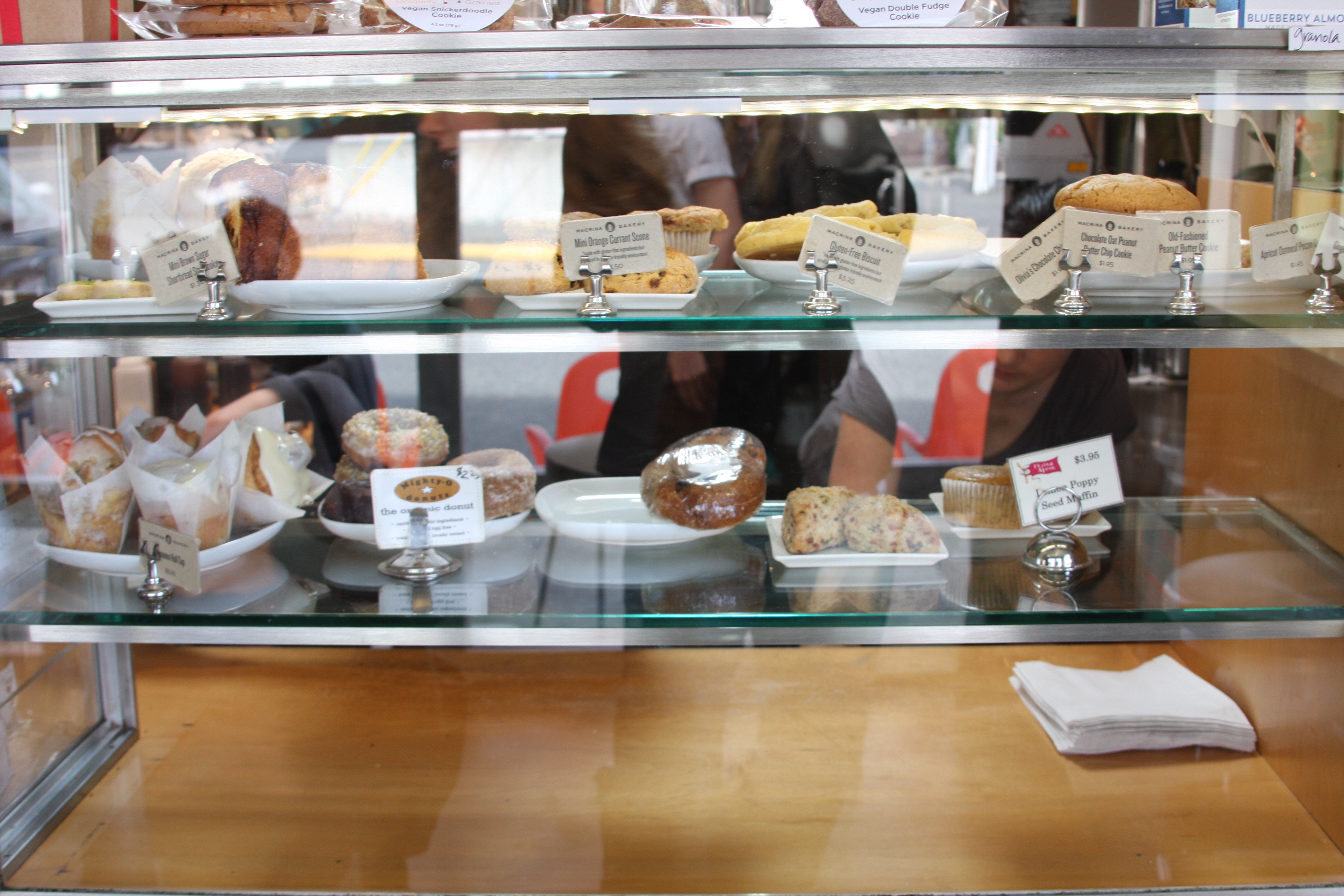 “I’m so thrilled to have Macrina. Edmonds is enough off the beaten track that delivery
“I’m so thrilled to have Macrina. Edmonds is enough off the beaten track that delivery If you don’t already spend time in the seaside town of Edmonds, it’s time to make a trip. There are a couple of breweries, a distillery, a movie theater, lots of shopping, a bookstore, tasty restaurants. Most shops are small and owner-operated.
If you don’t already spend time in the seaside town of Edmonds, it’s time to make a trip. There are a couple of breweries, a distillery, a movie theater, lots of shopping, a bookstore, tasty restaurants. Most shops are small and owner-operated.








